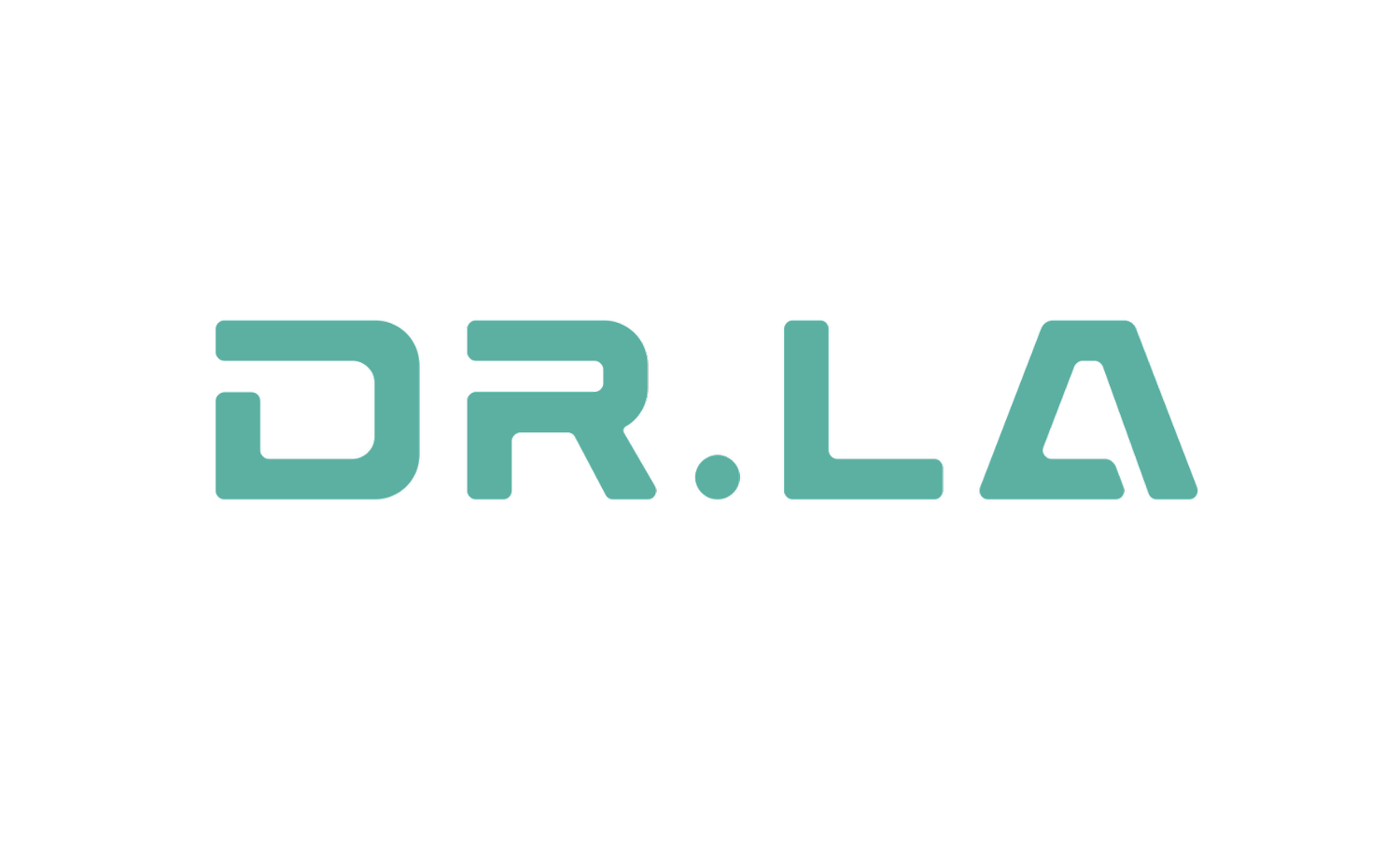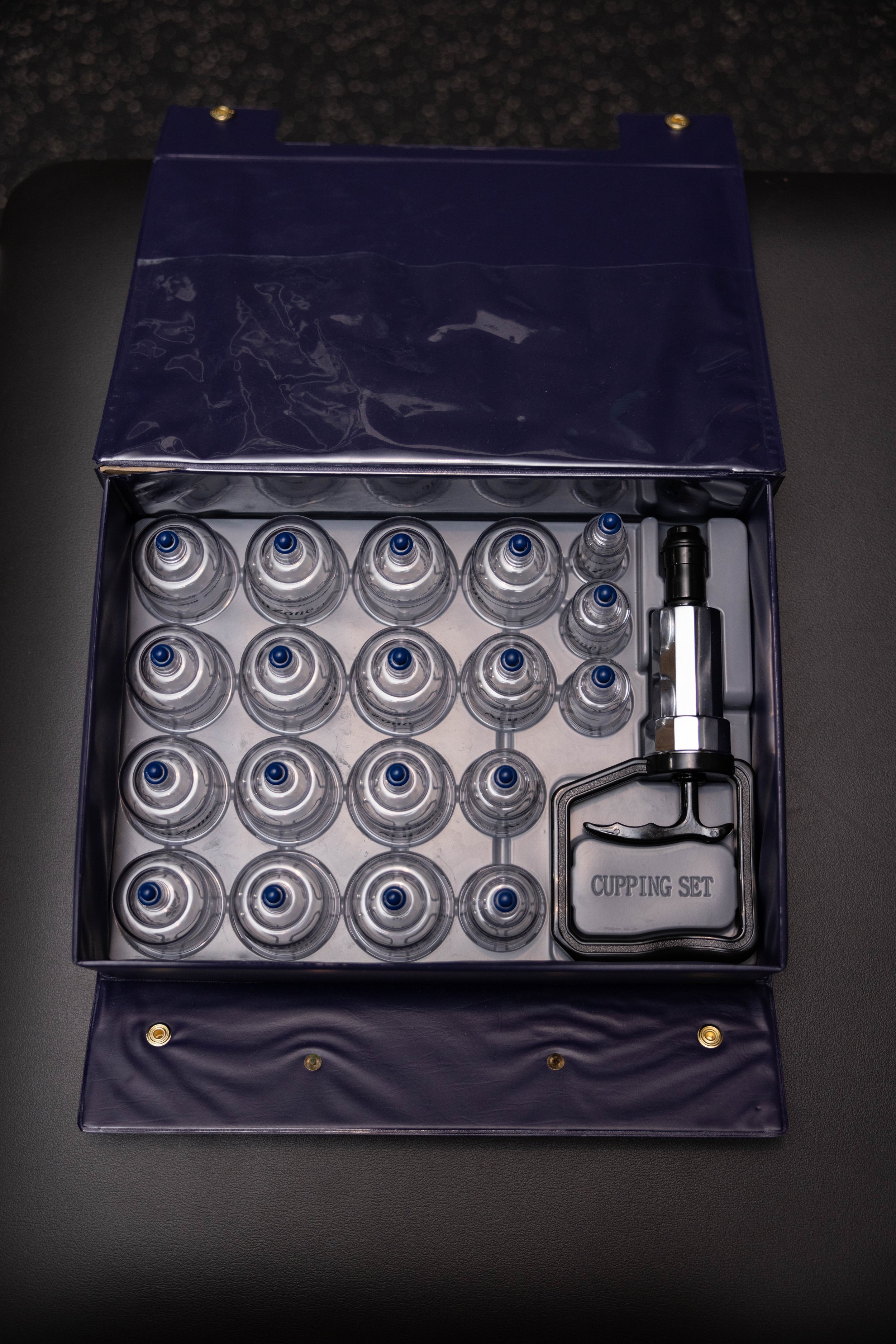How Does Cupping Therapy Work?
History
Cupping therapy has a lengthy history and has been practiced for thousands of years across many different civilizations. Although its precise ancestry is unknown, it is thought to have started in ancient China, where it was practiced to treat a variety of diseases and was called the "horn method" or "fire jar qi". Ancient Egypt, Greece, and various cultures all around the world practiced cupping therapy as well. Traditional Chinese medicine frequently combines cupping with acupuncture and other treatments to facilitate healing. Many cultures and practitioners have changed and altered cupping therapy over time. Currently, cupping therapy is used to treat a variety of ailments, from chronic pain to respiratory issues. It is practiced all over the world.
What is Cupping Therapy?
Cupping therapy is an alternative therapy that involves placing cups on the skin to create suction. Either a suction mechanism or heat used to produce a vacuum in the cup creates the suction. Typically, silicone, bamboo, or glass are used to make the cups. The idea behind cupping therapy is that the suction produced by the cups can aid in enhancing blood flow, easing muscle tension, and accelerating the healing process. It is frequently applied to relieve aches, inflammation, and other ailments. The cups are left on the skin for a while during a cupping therapy session. The skin is dragged up into the cup and creates a raised region when the suction is created. The cups can stay put or be moved around the treatment area. Cupping therapy is generally regarded as safe, though it may occasionally result in transient bruising or skin discoloration.
What are the Benefits of Cupping Therapy?
Cupping therapy is believed to have a variety of benefits, although more research is needed to fully understand its effects. Some of the potential benefits of cupping therapy include:
Pain relief: Cupping therapy may help to relieve pain caused by conditions such as arthritis, back pain, and headaches.
Improved circulation: The suction created by the cups may help to increase blood flow and oxygen to the area being treated, which can promote healing.
Reduced inflammation: Cupping therapy is believed to help reduce inflammation by increasing blood flow and drawing toxins and cellular debris out of the body.
Relaxation: Cupping therapy can help to promote relaxation and reduce stress and anxiety.
Improved immune function: Some studies suggest that cupping therapy may help to boost the immune system by increasing the production of white blood cells.
Relief of respiratory symptoms: Cupping therapy may help to relieve respiratory symptoms such as coughing, wheezing, and congestion.
Does Cupping Therapy Hurt?
Although there may be some discomfort, cupping therapy shouldn't be painful. While the cups produce suction on your skin throughout the cupping therapy session, you can experience a tightening or pulling feeling. A warming or tingling feeling may also be experienced by certain persons, particularly if heat is utilized to create the vacuum in the cups. You can experience minor bruising, swelling, or redness on the skin where the cups were positioned after the session. These side effects should disappear within a few days because they are often minor and transient. It is crucial to inform your practitioner right away if you feel particularly uncomfortable during or after cupping therapy!
How Often Should I Get Cupping Therapy?
Depending on the patient and the illness being treated, cupping therapy may be used more frequently or less frequently. In general, cupping therapy should not be used more than once per week. It may be advised to start with less sessions and add more as necessary. Cupping therapy may be suggested once or twice a month for chronic problems like arthritis or back discomfort, and once or twice a week for a few weeks for acute conditions such as an accident or pain.
Modern Day Cupping Set
Used by most medical professionals today.




